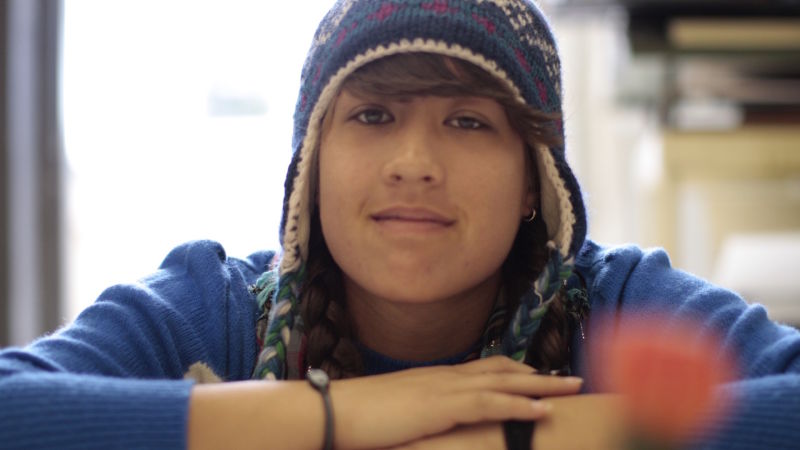We are in the midst of an education revolution where teaching critical thinking is pushed, prized, evaluated, and exalted. This is the first in a series of posts telling the story of my efforts to shift thinking to the center of my curriculum using a variety of resources including KQED Education’s The Lowdown.
While the ability to think is often taken as a natural byproduct of school learning, this year I placed teaching thinking front and center in my classes. Among the things I’ve learned is that analyzing the qualities of potential romantic partners and the powers of Congress have a lot more in common than I might have thought. I’ve also learned that the thinking experiences and skills students already possess have been mostly left out of the conversation when we talk about how to teach thinking to students.
Defining Thinking is troublesome. We use the word all the time, but it’s hard to explain what it means. After reading and talking and yes, thinking, about skills necessary for life inside and outside of school, my plan for this school year included two essential questions: “What does it mean to think? And, how can I get good at it?” To animate this question, I chose eight thinking strategies to practice with students. The book “Making Thinking Visible” by Ron Ritchhart, Mark Church and Karin Morrison helped me curate my list of eight thinking strategies from the hundreds of possibilities (see right). These eight strategies, or thinking-routines, are straightforward and useful.
Re-Defining Thinking
The first week of school, I asked the students, “What is thinking? When you tell someone you are thinking, what might actually be going on in your head?” Students looked at me. They looked at the paper. They fumbled about and wrote down phrases like, “Thinking means to think about something.” I gave them examples. More silence. I received a few solid answers but most students struggled to articulate what it means to think about something. Although I felt okay about this introduction to thinking, the idea that something was missing nagged at me.
One day while grading at my desk, it hit me. Students THINK. Students think deeply all the time. Of course, right? I know this because when a student says something or writes something that makes me pause or feel or think, I write it down on a post it note and stick it on my desk somewhere. Here I was at my desk literally surrounded by examples of students’ deep and critical thinking processes covering a variety of topics – topics like how schools and prisons are similar, or how the United States treats people who make mistakes. In that moment I recognized that my job was not simply to “teach students to think” but to make connections between the types of thinking they already do in their everyday lives and the types of thinking that will help them excel in academic settings.
